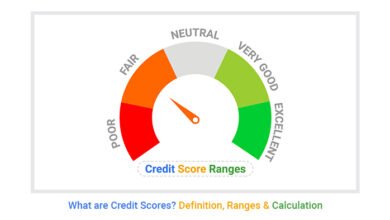What Are the Benefits of Using Electronic Shelf Labels?

In the dynamic world of retail, efficiency and accuracy are paramount. Electronic Shelf Labels (ESLs) represent a significant innovation in the way pricing and product information are managed in stores. These digital labels offer a multitude of advantages over traditional paper tags, streamlining operations and enhancing customer experience. Below, we explore the key benefits of using Electronic Shelf Labels in a retail environment.
- Dynamic Pricing Flexibility
One of the most significant advantages of ESLs is the ability to update pricing in real time. This is particularly beneficial for promotional pricing, time-sensitive sales, and price-matching strategies in competitive markets. Dynamic pricing allows retailers to respond quickly to market changes without the logistical nightmare of manually updating tags, thus improving responsiveness and competitive edge.
- Operational Efficiency
ESLs are connected to a store’s central pricing database and can be updated automatically, which dramatically reduces the labour involved in price changes. This automation not only cuts down on the workforce required for updating prices but also significantly reduces the likelihood of human error, ensuring price accuracy across the store. This efficiency can lead to substantial cost savings in terms of both time and labour.
- Enhanced Customer Experience
Beyond just displaying the price, ESLs can provide additional information such as QR codes, nutritional facts, discounts, and stock levels. This not only helps in making an informed purchasing decision but also improves the overall shopping experience by integrating interactive and helpful elements into the customer’s journey through the store.
- Environmental Sustainability
Switching from paper to electronic tags greatly reduces waste, supporting sustainability efforts. As concerns about environmental impact continue to grow, adopting green technologies like ESLs can also improve a brand’s image and appeal to eco-conscious consumers.
- Integration with Retail Technology Ecosystems
ESLs can be seamlessly integrated into wider retail technology ecosystems. They can work in conjunction with inventory management systems to update product counts in real time, or with automated checkout systems to ensure pricing accuracy at the point of sale. The use of technologies such as Wi-Fi or Zigbee allows ESLs to be easily incorporated into existing store infrastructures.
- Improved Price Accuracy
With ESL, retailers can ensure that the pricing on the shelf always matches the checkout price, thus reducing discrepancies and the potential for customer dissatisfaction. Accurate pricing helps maintain customer trust and reduces the administrative burden of dealing with pricing errors.
- Better Labor Allocation
By automating the price update process, staff can be reassigned from routine labelling tasks to more strategic, value-added activities like customer service, store operations, and sales assistance. This not only optimizes labour costs but also enhances service quality and customer satisfaction.
Conclusion
Electronic Shelf Labels offer a robust solution for retail stores aiming to improve efficiency, accuracy, and customer engagement. By leveraging the power of real-time data and automation, retailers can not only enhance operational efficiencies but also create a more dynamic and engaging shopping environment. As retail continues to evolve, the adoption of technologies like ESLs will be pivotal in staying competitive in a rapidly changing marketplace.



